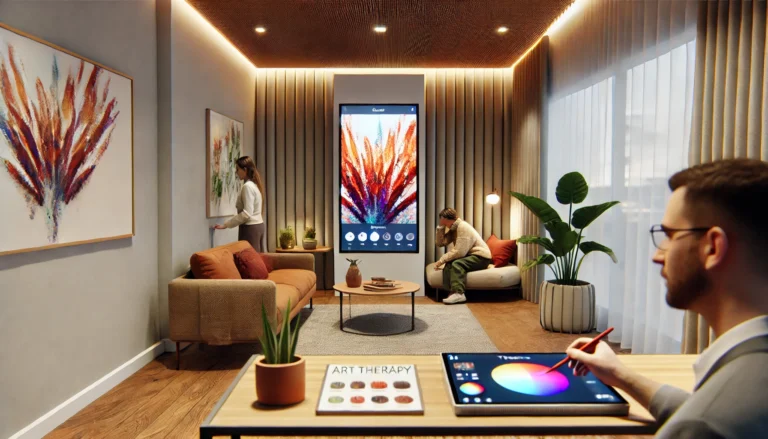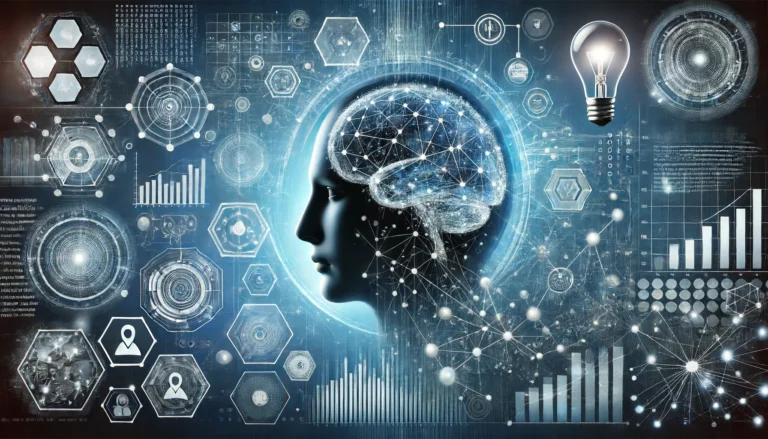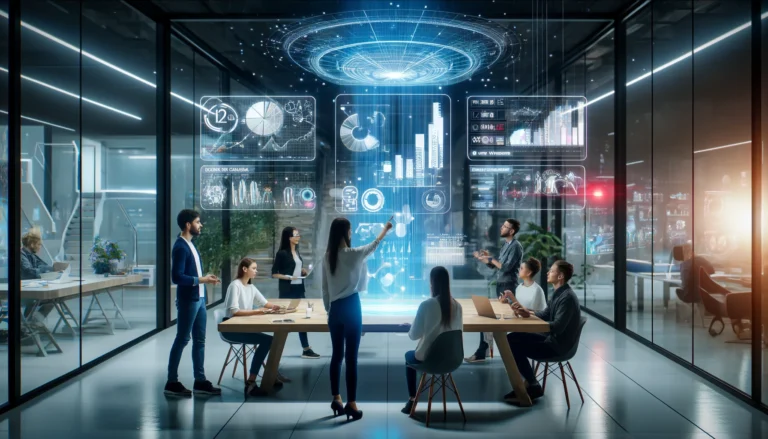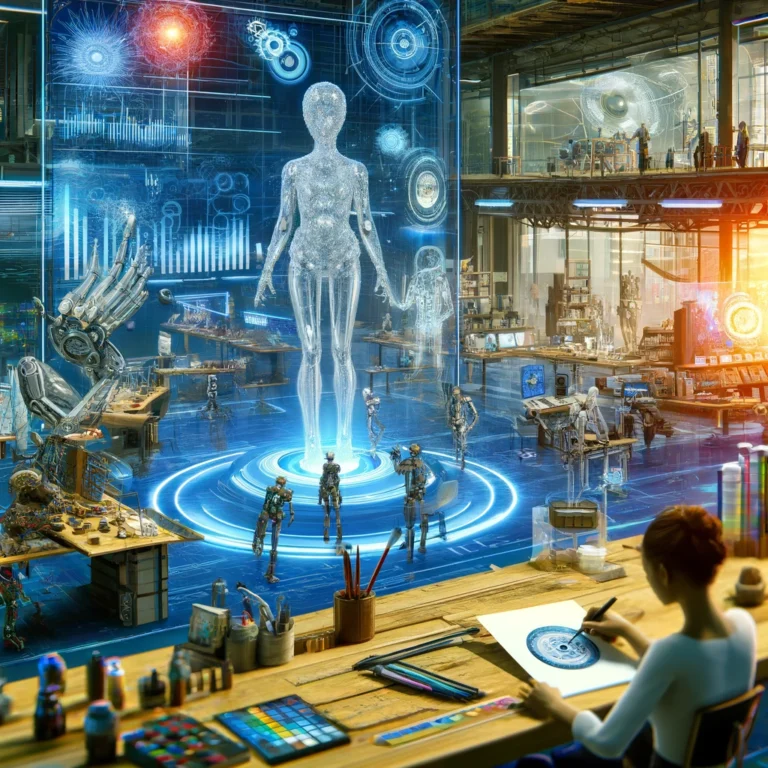In the ever-evolving landscape of technology and creativity, the design industry has emerged as a key player in pushing the boundaries of what is possible. By bringing together human ingenuity and artificial intelligence (AI), designers and machines are now working side by side to create groundbreaking art and design that transcends traditional limitations. In this article, we will delve into the exciting world of AI-driven design and the collaborative process between human and machine. We will also discuss real-world examples that showcase how this unique partnership is redefining the design industry.
Blurring the Lines: AI and Human Collaboration
The fusion of human expertise and machine learning capabilities is ushering in a new era of creative collaboration. Designers are increasingly leveraging AI algorithms, such as Generative Adversarial Networks (GANs) and reinforcement learning, to empower machines to learn, adapt, and contribute to the design process. By utilizing AI’s ability to analyze and process vast amounts of data, designers can uncover new insights, ideas, and perspectives to inspire their work.
- AI-Generated Art: The Arrival of the “Next Rembrandt”
In a groundbreaking project by ING, Microsoft, TU Delft, the Mauritshuis, and the Rembrandt House Museum, a team of data scientists, art historians, and software developers collaborated to create the “Next Rembrandt.” Using AI algorithms, they analyzed the Dutch master’s paintings to generate a new work of art that captures Rembrandt’s unique style. The AI examined Rembrandt’s techniques, including brush strokes, color usage, and composition, before creating a new, original painting that mirrored the master’s signature style.
- Fashion Design: Stitch Fix and the Algorithmic Couturier
Stitch Fix, an online personal styling service, has leveraged AI to revolutionize the fashion industry. By using machine learning algorithms, the company can analyze and predict fashion trends, create personalized recommendations for customers, and even design original clothing items. The algorithm considers factors such as color, patterns, and style preferences to create one-of-a-kind garments that cater to individual tastes. This AI-driven approach to fashion design allows for a more personalized and efficient shopping experience.
- Architectural Design: AI-Enhanced Urban Planning
In the realm of architecture and urban planning, AI is being used to optimize and streamline the design process. For example, Google’s DeepMind has developed an AI system called WaveFunctionCollapse (WFC) that can generate three-dimensional architectural models based on existing design principles and constraints. This technology allows architects and urban planners to explore a multitude of design possibilities quickly and efficiently, ultimately leading to more innovative and sustainable urban environments.
- Graphic Design: Adobe’s AI-Powered Creative Assistant
Adobe, a leader in digital media and design software, has introduced an AI-powered creative assistant called Adobe Sensei. This AI assistant helps designers automate mundane tasks, such as cropping images or selecting the perfect font, allowing them to focus on more creative aspects of their work. Adobe Sensei can also analyze and understand design elements, offering intelligent suggestions and adjustments to improve the overall aesthetic of a project.
Conclusion
The fusion of AI and human creativity in the design industry is rapidly changing the way art, fashion, architecture, and graphic design are conceived and created. As AI continues to evolve and learn from human expertise, this collaborative partnership will only grow stronger, unlocking new possibilities and redefining the very concept of design. The future of the design industry promises to be an exciting journey of discovery, where human ingenuity and artificial intelligence work hand-in-hand to craft tomorrow’s masterpieces.










